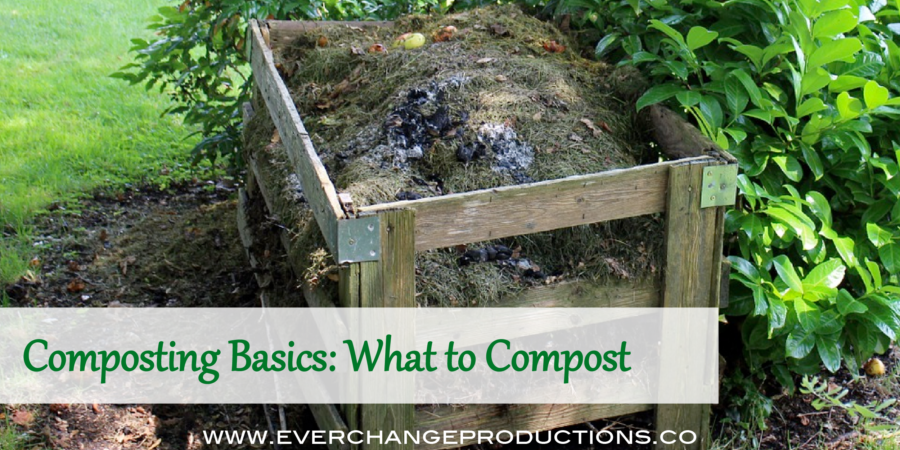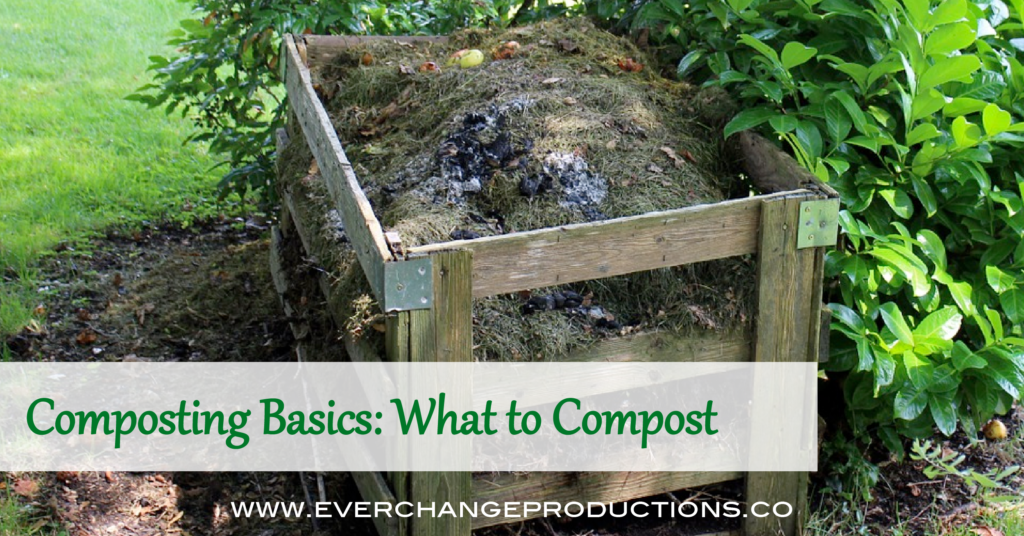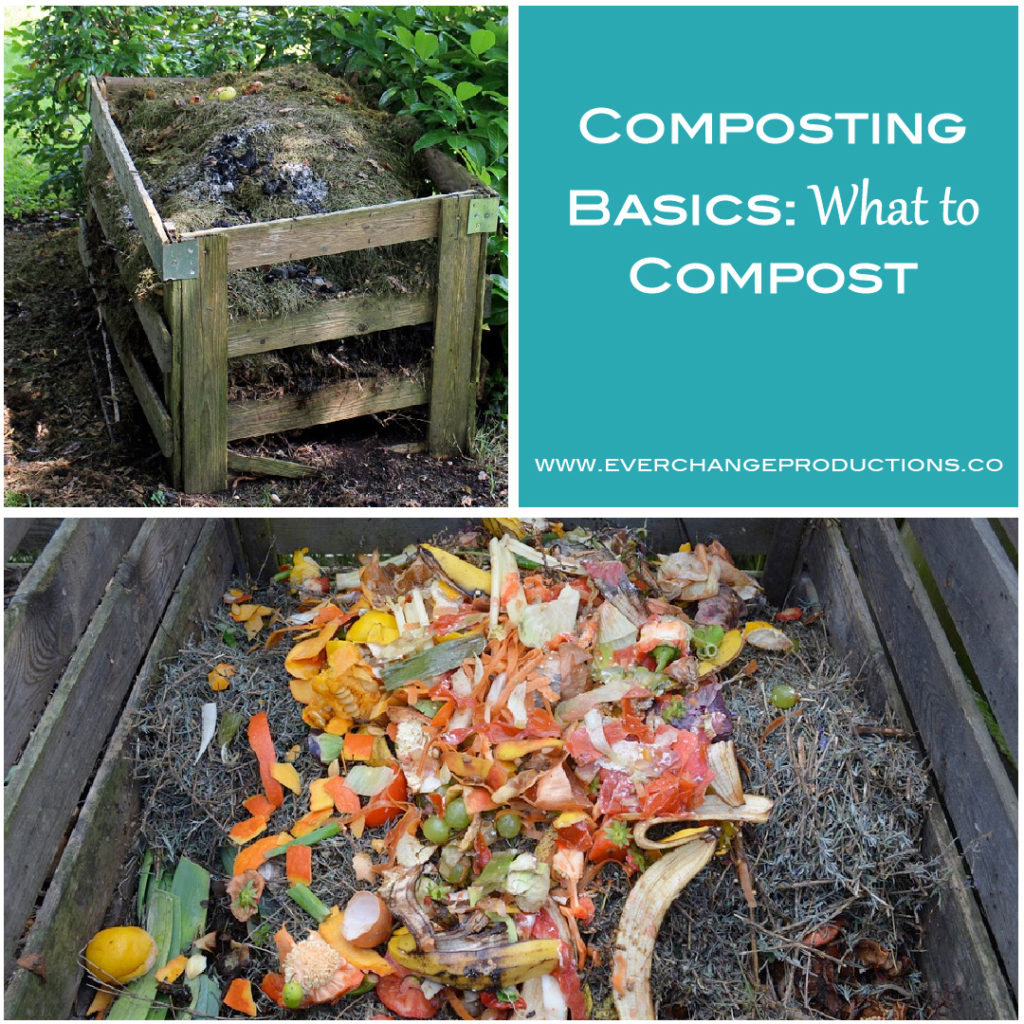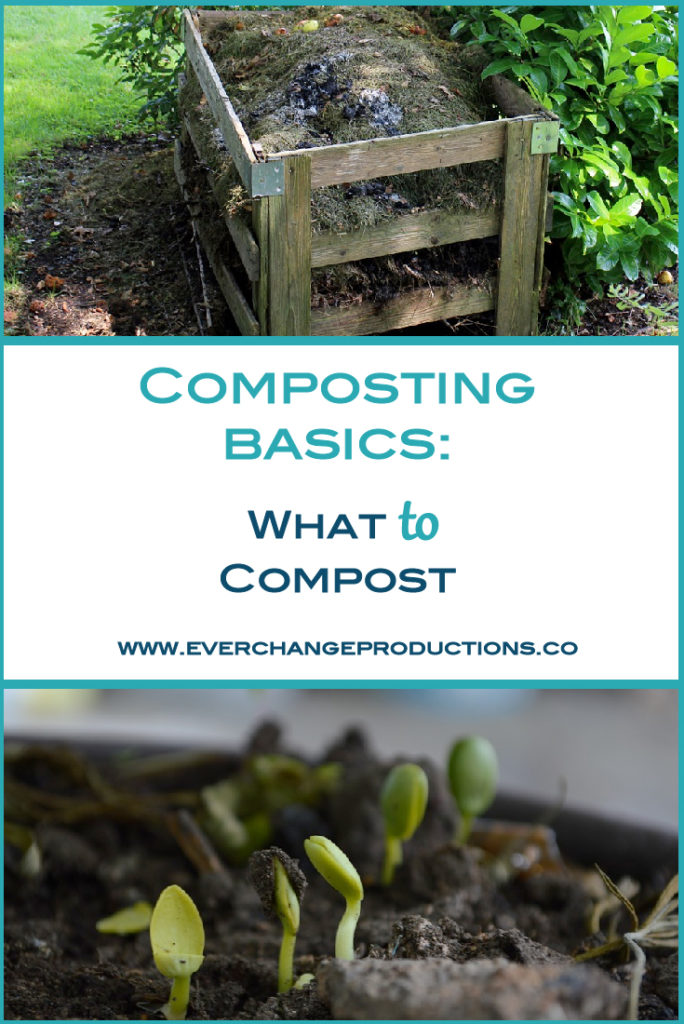There are many factors in landscaping apart from getting experts like King Green. One of them is composting. When deciding what to compost, there are several factors to consider. What type of compost do you need? How big is your bin? What type of composting process do you use? The answers to these questions will decide what you should or should not compost.
Backyard Compost Bins
While there are lots of composting options, When people think of compost bins, they usually think of the standard backyard compost bins or maybe even just a compost pile.
Carbon to Nitrogen Ratio
Standard compost bins need a certain amount of carbon to nitrogen to decompose efficiently. These are often referred to greens and browns. Carbon often referred to as browns are the dry materials and nitrogen are the greens, fresh materials. Greens provide protein and moisture for organisms. The browns allow airflow throughout the pile and provide energy for organisms. To start off your pile it’s safe to add the same amount of brown material as you do green. The ideal ratio is 30 parts carbon per 1 part nitrogen.
Piles with too much nitrogen tend to smell sour, because the excess nitrogen converts into an ammonia gas. Carbon-rich piles break down slowly because there’s not enough nitrogen for the microbe population to thrive. Fresh grass clippings alone have about a 20:1 C/N ratio. Building your pile with one part grass clippings or other green matter to two parts dead leaves or other brown matter will give you the right mix.
Building your Compost Pile
As you build your pile, you’ll want to layer them starting with the brown layer. Every four or five layers, add a bit of water and mix the ingredients together.
What to Compost: Nitrogen-Rich Ingredients
Deciding what to compost can be a frustrating task. It’s all about what materials you have access to. For inspiration, here is an extensive list of nitrogen-rich material ideas. The ratios for these materials vary, so use with caution until you know exactly of these various materials you’ll need.
- Alfalfa- ratio 12:1
- Apple fruit
- Apple leaves
- Apple Pomace- mix in well 21:1
- Banana residue
- Barley gran
- Bat guano
- Beans
- Beet wastes
- Bonemeal
- Brewery Waste
- Castor pomace
- Cattle manure
- Cherry leaves
- Chicken manure
- Clover
- Coffee wastes
- Corn (grain and green forage)
- Cottonseed meal
- Crabs
- Dried blood
- Eggshells
- Felt wastes
- Fish scraps
- Fruit waste
- Grape wastes
- Grass clippings
- Greensand
- Hair
- Hay
- Hoof and Horn Meal
- Leather Dust
- Leaves 40-80:1
- Limestone
- Lobster
- Manure
- Molasses residues
- Oak Leaves
- Oats
- Olive wastes
- Paper 170:1
- Peat moss
- Pea wastes
- Peanuts
- Phosphate rock
- Potato Wastes
- Rabbit Manure
- Rice Hulls
- Sawdust 400:1
- Seaweed 19:1
- Sheep and Goat manure
- Soil
- Straw 80:1
- Tankage
- Tea Grounds
- Tobacco wastes
- Water hyacinth
- Weeds
- Wood ash
- Wood chips
- Wool Wastes
- Vegetable waste 12:1
What to Compost: Carbon-Rich Ingredients
Here is list of carbon-rich materials.
- Barley straw
- Buckwheat hulls
- Corncobs
- Cotton
- Cantaloupe rinds
- Cocoa bean shells
- String beans
- Sugar wastes 50:1
- Tanbark
- Paper
- Paper products
- Potato Vines
- Pine Needles
- Peanut Shells
- Nutshells
- Wool
Interested in composting, but don’t know where to start? Subscribe for access to a free quiz and find the best composting option for you.
Other Considerations for Compost
Oxygen allows organisms to survive while keeping the pile odor-free. This is why turning the pile is essential to a healthy compost. If the materials aren’t exposed to the air, they’ll start decomposing anaerobically (without air), which smells terrible and doesn’t make for good compost.
Water is the other essential composting ingredient. Moisture allows organisms to move around and digest the material. When you have the right amount of water, your pile will have the same consistency as a wrung-out towel or sponge.
What not to Compost
Everything needs to come in balance or there will be a mess on your hands. Limit your greens and make sure you have the right balance of brown waste.
Do not add human or pet, including bird, waste.
Materials such as large pieces of wood, oyster and clam shells, large quantities of pine needles, cornstalks, heavy cardboard should be shredded first as they don’t compost easily.
Unless the compost is specifically for the acid loving plants, don’t add large quanities of pine needles or oak leaves. Neutralize the acid with limestone. Don’t add weeds unless your compost will get hot enough to kill the seeds.
Large amounts of grease or oil, cooked food, will draw pests and animals, you might want to seek help from professionals like Bird Proofing and Deterrents, they can ensure your concerns will be solved.
Meat, fish, eggs, bones etc. can be composted using a food waste digester such as the Green Cone but should never be placed in your backyard compost bin. If you participate in a city composting program, these materials might be accepted. However, these materials require extremely high temperatures to compost, which most backyard compost set-ups can’t reach. They’re also more likely to attract pests.
Finally, avoid toxic materials or materials with large amounts of pesticides or herbicidies.
The Key to Compost
So all in all, the secret to perfect compost is the right balance of carbon to nitrogen. Finding the right balance will give black gold for your garden instead of a stinking rotting mess.
Leave a comment! What’s your favorite composting ingredients?
Don’t forget to pin this information for later!




This is such an informative list. THank you!